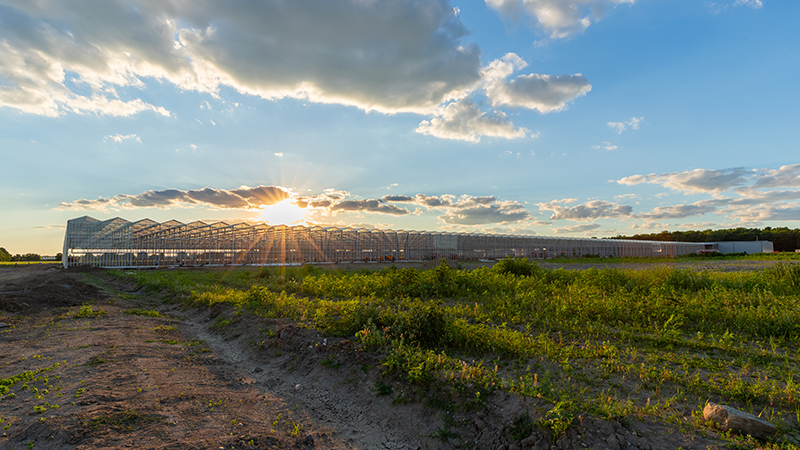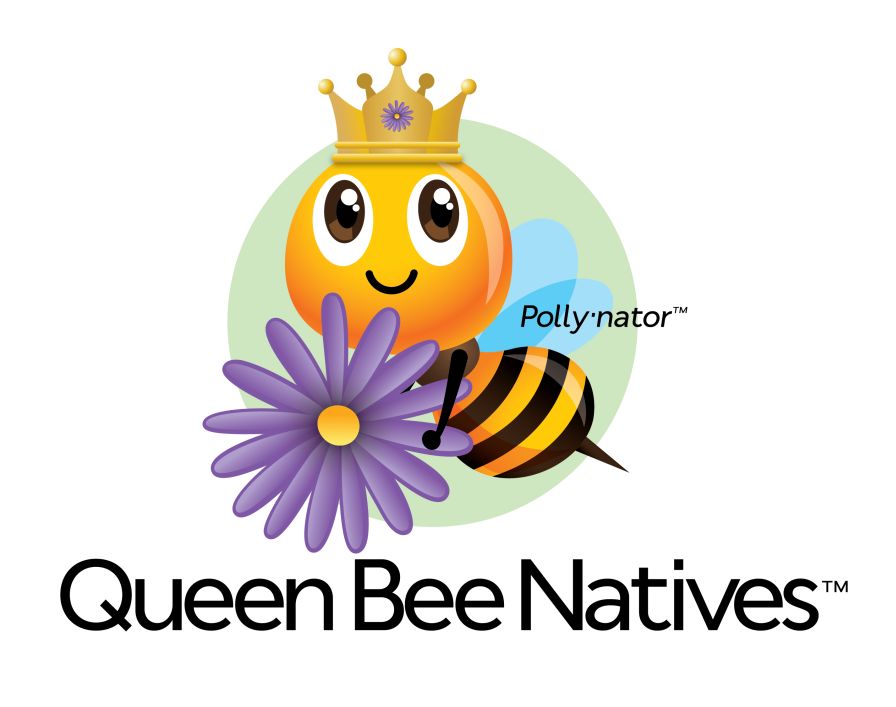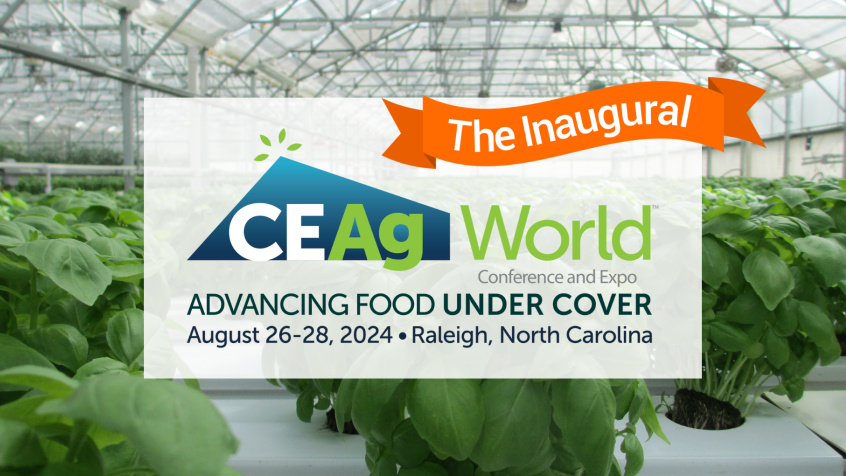Plan Ahead for Spring Season in the Greenhouse by Following These Five Tips

Leaf distortion in New Guinea Impatiens
The difficulty in accounting for every possible issue that may surface over the course of a growing season highlights the importance of being adaptable to a changing environment, according to Jeremy Jubenville, a Floriculture Educator with Michigan State University. Some problems such as pest pressure are easy to predict, he says, while other problems could be tougher to foresee, such as substrate pH problems, area-wide power outages, or a polar vortex.
In a report recently posted on the Michigan State University Extension website, Jubenville presents a short list of ideas that may help growers nip some of their predictable problems in the bud, so they have more time to focus on any new situations that arise. The following is a summary of these ideas; check the complete story for more information.
1. Verify the Quality of Your Water and Substrate
One of the best investments you can make is in high-quality pH, EC, and alkalinity testing equipment. Create a schedule for testing your water and substrate on a regular basis and record the results in a log book or spreadsheet.
2. Use Mycoinsecticide Dips for Incoming Plant Material
When you bring in cuttings and liners from outside sources, there’s a good chance they’ll come with a few insect pests, as well. The Vineland Research and Innovation Centre in Canada has developed an innovative technique to help reduce the number of pests that come in on imported plant material. It’s economical, worker-friendly, and easy to integrate into the production process.
3. Create a Quarantine Area
In many greenhouses, new shipments of plugs and liners often sit on racks or benches near the production area. In this arrangement, any pest that was hitchhiking on the plant material now has access to all your clean crops. Some growers have found a way to arrange it so incoming material is physically separated from the production area and monitored for a short period of time.
If your receiving area can be closed off from the rest of the facility, it can be as simple as placing some sticky traps in the racks and leaving them overnight. Inspect the cards and a few plants in the morning, make a note of what you observe and take pest management action as necessary. This method could work very well in tandem with mycoinsecticide dips.
4. Use Plant Growth Regulator (PGR) Dips for Tricky Planter and Basket Combinations
Growers will often employ a combination of chemical, manual, and environmental methods to control plant height or stem elongation. The challenge arises when several different plant species are combined within the same container, often resulting in a dissonant collection of conflicting growth habits and incompatible PGR requirements. PGR liner dipping is a method that could help provide consistent and predictable results for single-species crops and combo planters. While this method may require some logistical adjustments on the transplant line, the strategic application of PGRs to certain species before they’re transplanted in the finish containers can be an elegant way to rein in vigorous varieties without retarding less aggressive species.
5. Stay Informed on New Worker Protection Standards
Major revisions to the EPA Worker Protection Standard (WPS) are scheduled to go into effect soon. Even though these regulations can be complicated and confusing, employers are still obligated to meet the newest requirements. Check with your local Extension team if you have any questions about the requirements.










